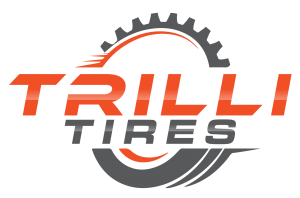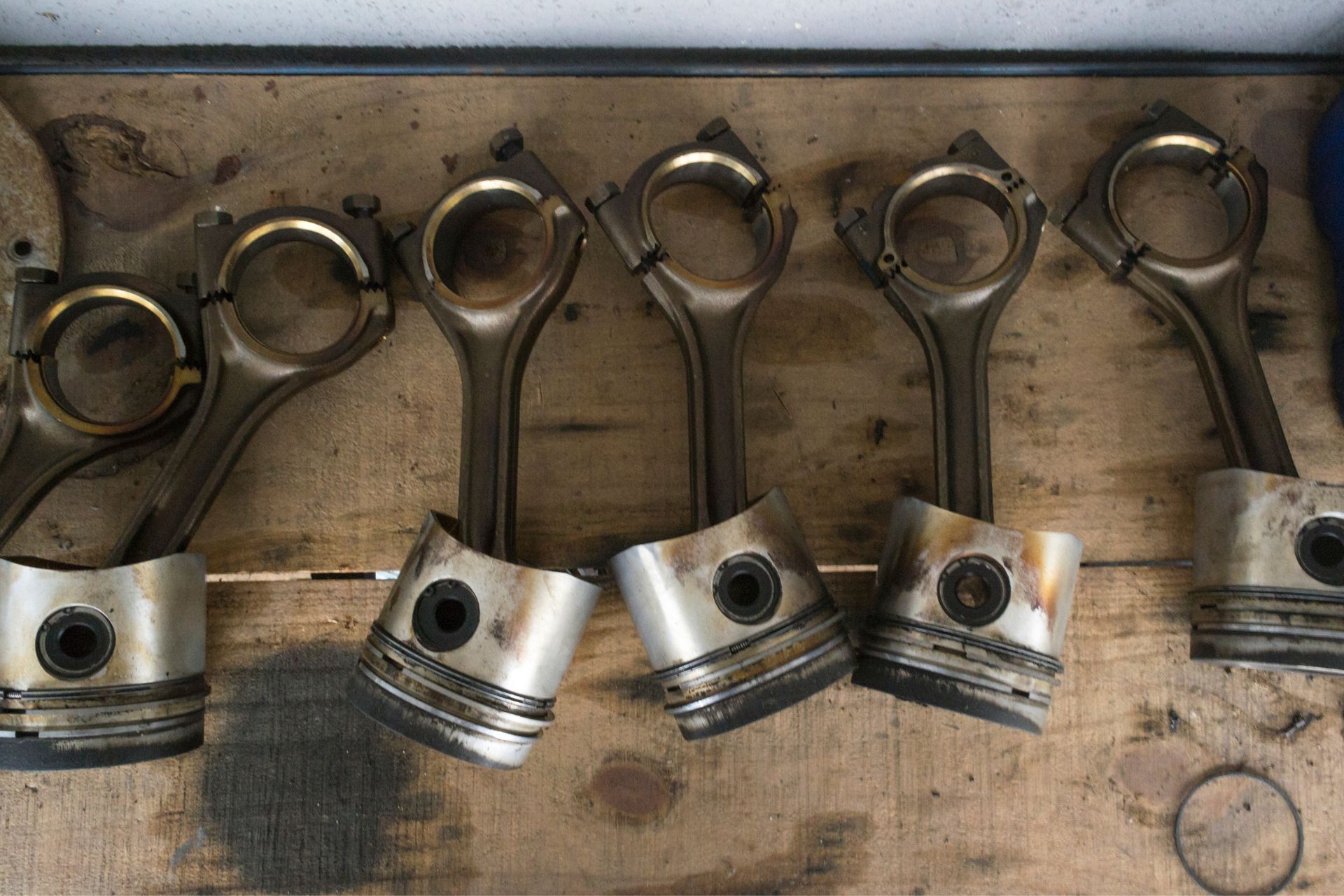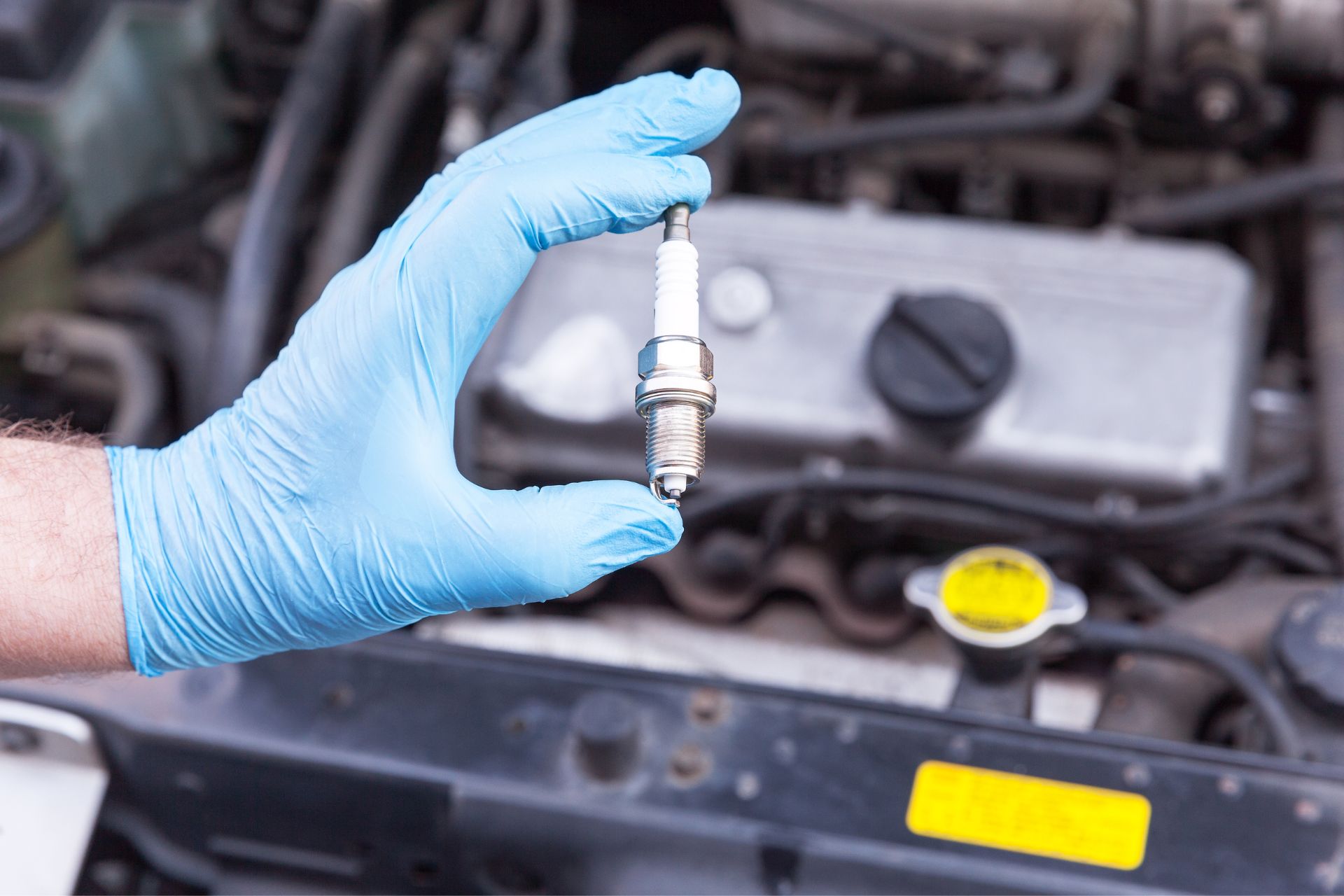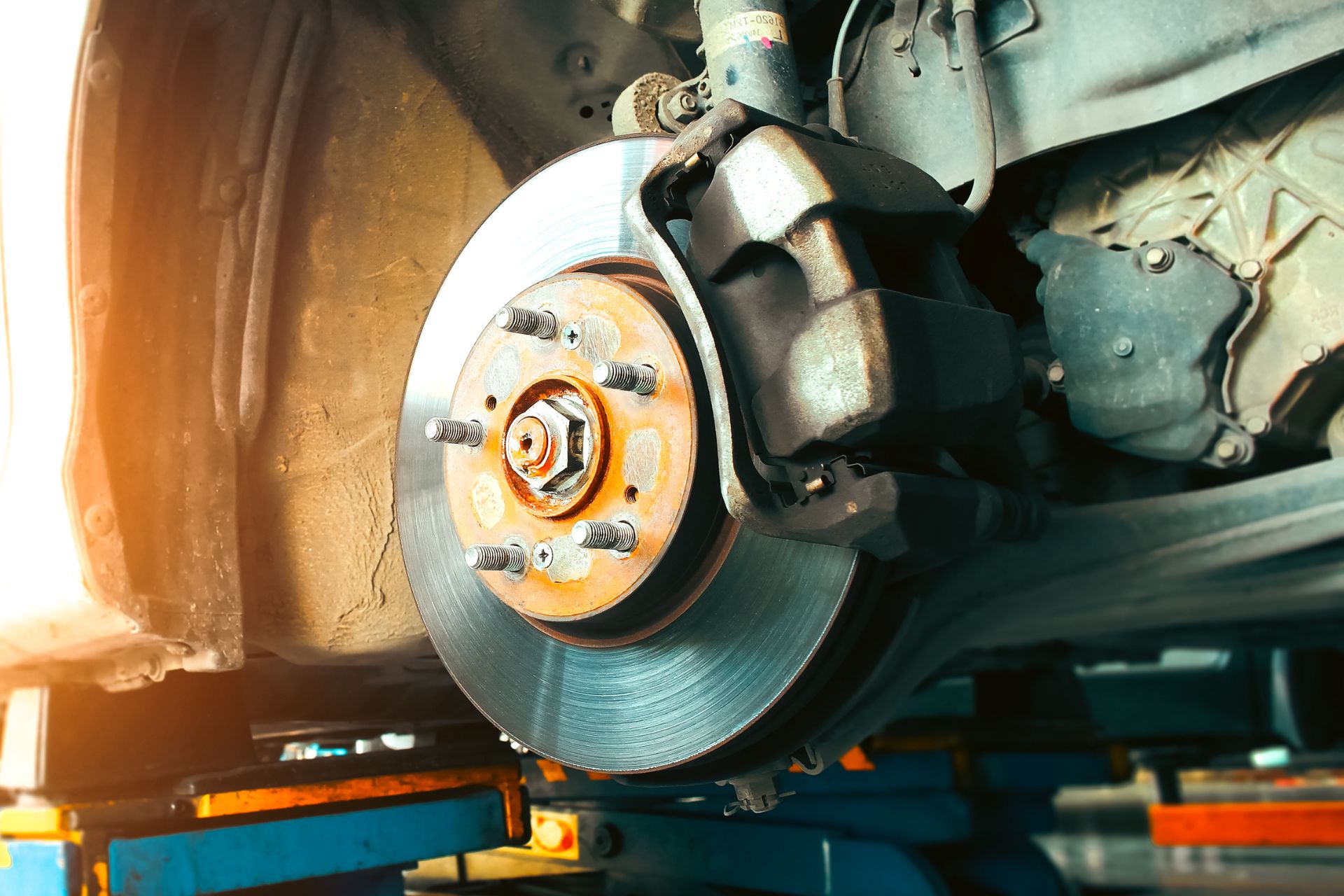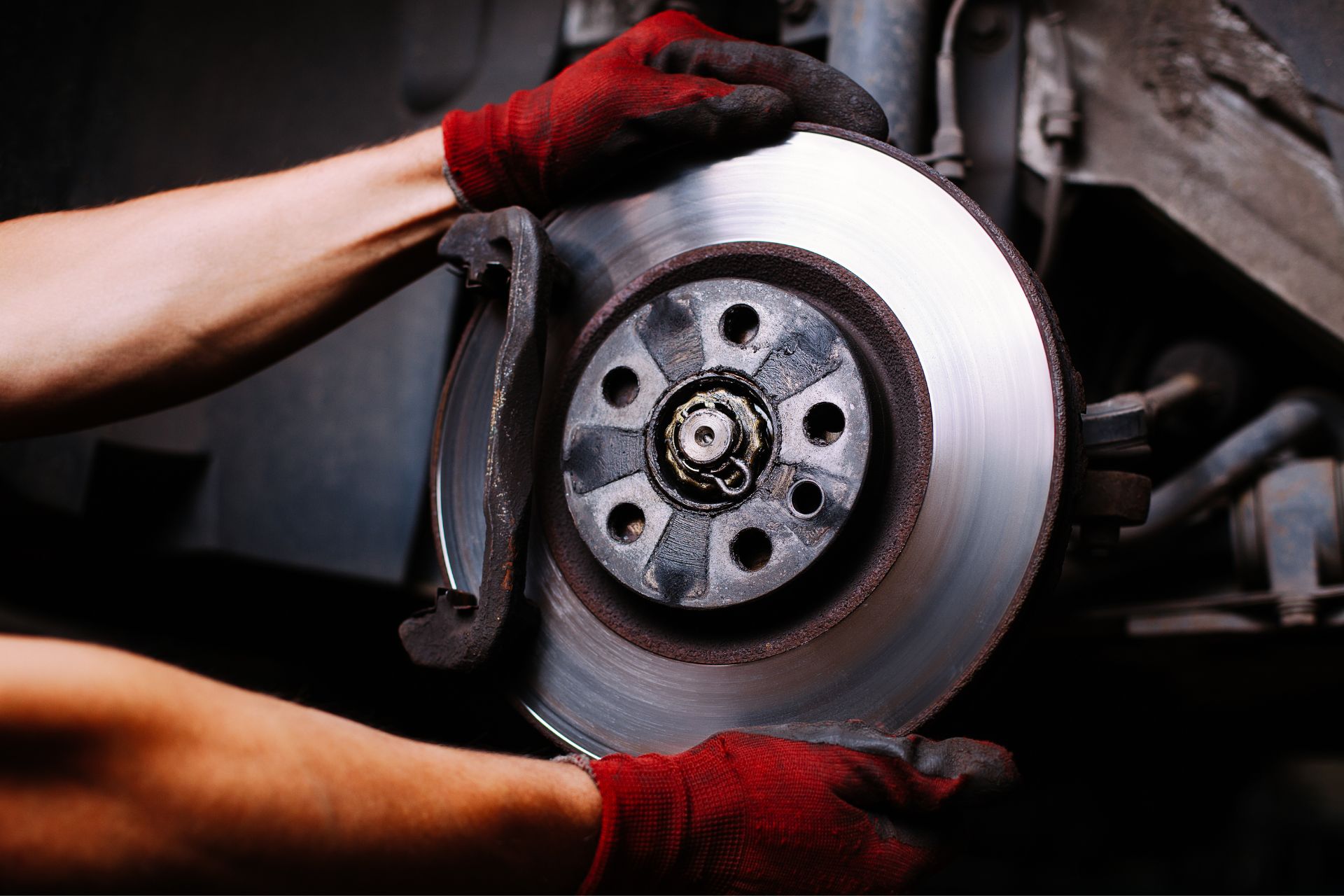If you’ve ever stepped into your car and noticed an overpowering odour of gasoline, it’s important to address the issue as soon as possible. A persistent gasoline smell can be more than just a nuisance; it could be an indicator of a serious mechanical problem that needs immediate attention. In this article, we’ll explore some of the common reasons for gasoline odours inside your vehicle, how to identify them, and what you can do to fix the problem. Understanding these causes can help you keep your car running smoothly while ensuring your safety on the road.
1. Fuel Leaks
One of the most common reasons for a gasoline smell inside your car is a fuel leak. Fuel leaks can happen in various parts of your vehicle, including the fuel tank, fuel lines, fuel injectors, and the fuel filter. When a leak occurs, gasoline may escape and evaporate, creating a strong odour inside your car.
The smell of gasoline in the car could be a sign that fuel is leaking into the cabin. This can happen when a fuel line becomes cracked or if there is an issue with the fuel tank’s sealing. You may also notice puddles of fuel beneath your car if the leak is severe. It’s crucial to have a mechanic inspect your vehicle if you suspect a fuel leak, as this can be dangerous and lead to a fire hazard.
2. Faulty Fuel Injector
Another potential source of gasoline smell is a faulty fuel injector. The fuel injectors are responsible for delivering fuel into the engine’s combustion chamber. When one or more of these injectors malfunctions, it can cause fuel to leak or be sprayed improperly, leading to the smell of gasoline inside your car.
A faulty fuel injector can lead to poor fuel efficiency, engine misfires, and an unpleasant odour inside your vehicle. If you notice that your car’s fuel consumption has increased or the engine is running rough, a mechanic should inspect the injectors to ensure they are functioning properly.
3. Evaporative Emission Control System (EVAP) Problems
The EVAP system is designed to capture fuel vapours from the gas tank and prevent them from being released into the atmosphere. This system includes components like the charcoal canister, purge valve, and vent valve. If any of these parts malfunction or become clogged, gasoline vapours can escape and enter the cabin, causing a gasoline smell.
A common issue in the EVAP system is a faulty gas cap. If the gas cap is not properly sealed, it can allow vapours to escape. You may notice the gasoline smell even when your car is parked. In addition to the gas cap, other EVAP components, such as the vent valve or the purge valve, may be causing the issue. A mechanic can diagnose and fix these problems, ensuring that the EVAP system works efficiently.
4. Vapour Lock in the Fuel System
Vapour lock occurs when the gasoline in the fuel system turns into vapour due to excessive heat. This can happen when the engine is running too hot or if there is an issue with the fuel lines or fuel pump. When a vapour lock occurs, it can prevent proper fuel delivery to the engine, which may result in the smell of gasoline.
If you experience a vapour lock, the car might have trouble starting or running, and you may notice the gasoline smell coming from the engine area. This issue can usually be resolved by inspecting the fuel system, checking for leaks, and ensuring that the fuel pump is working properly.
5. Gasoline Spills
Sometimes, the gasoline smell in your car may be due to a simple spill. If you’ve recently filled up your gas tank and spilled fuel on the car’s exterior or near the fuel door, the smell may linger inside the car. Gasoline vapours can seep into the cabin through vents or openings, creating an unpleasant odour.
If this is the case, cleaning up the spill as soon as possible can prevent the smell from persisting. Wipe down any areas where gasoline may have spilled, and make sure that the area around the gas cap is properly sealed. If the odour persists, consider airing out your car by opening the doors and windows for a while to allow the vapours to dissipate.
6. Exhaust System Issues
In some cases, a gasoline smell in your car can be traced back to issues with the exhaust system. The exhaust system is responsible for expelling gases from the engine and directing them away from the car’s interior. If there is a problem with the exhaust system, such as a cracked exhaust manifold or a malfunctioning catalytic converter, fuel vapours could enter the cabin.
Exhaust system problems are not always immediately noticeable, but if the gasoline smell is accompanied by engine trouble or unusual noises, it’s important to have the exhaust system inspected. A mechanic can check for leaks or cracks in the system and make the necessary repairs to prevent fumes from entering your car’s interior.
7. Overfilled Gas Tank
While it may seem harmless, overfilling your gas tank can cause gasoline vapours to escape. When the fuel tank is overfilled, the excess gasoline can spill out and enter the EVAP system, which may not be able to handle the extra fuel. This can lead to a gasoline smell inside the vehicle, especially if the fuel vapours escape through the vents.
To prevent this issue, avoid topping off your gas tank after the pump clicks off. Overfilling can put additional strain on the EVAP system and increase the risk of gasoline leaks and smells. If you have noticed the smell of gasoline after overfilling your tank, allow the vehicle to air out and avoid filling the tank beyond its capacity in the future.
8. Potential Safety Hazards
If you’ve noticed a gasoline smell in your car, it’s important to address the issue promptly to avoid potential safety hazards. Gasoline vapors are highly flammable and can pose a significant fire risk, especially if there is a fuel leak or malfunctioning component. In some cases, a gasoline smell may be accompanied by engine misfires, unusual engine noises, or poor fuel efficiency, all of which could indicate a more serious problem.
If you can’t identify the source of the gasoline smell, it’s essential to take your car to a qualified mechanic for an inspection. They will have the tools and expertise to pinpoint the cause of the odour and fix it before it leads to more serious consequences.
9. When to Seek Professional Help
If you are unable to resolve the gasoline smell on your own, it’s time to seek professional help. A trained mechanic will perform a thorough inspection of your vehicle’s fuel system, exhaust system, and other relevant components to determine the cause of the smell. They will also have the necessary tools to fix any issues safely and effectively.
Addressing the issue of gasoline odour is crucial for your safety and the longevity of your car. Whether it’s a fuel leak, a faulty fuel injector, or a problem with the EVAP system, having the issue diagnosed and repaired quickly can prevent costly repairs down the road.
Final Thoughts
The gasoline smell in your car should never be ignored. It can be a sign of a fuel leak, malfunctioning components, or other mechanical issues that could put your safety at risk. Identifying the source of the smell is the first step in resolving the issue, and seeking professional help when necessary is crucial to ensuring your car runs smoothly and safely.
If you’re in need of expert assistance to resolve any fuel-related issues or need a general check-up for your vehicle, trust TrilliTires in Richmond Hill. Our experienced technicians are here to help with any car troubles you may face. Contact us today for a consultation!
